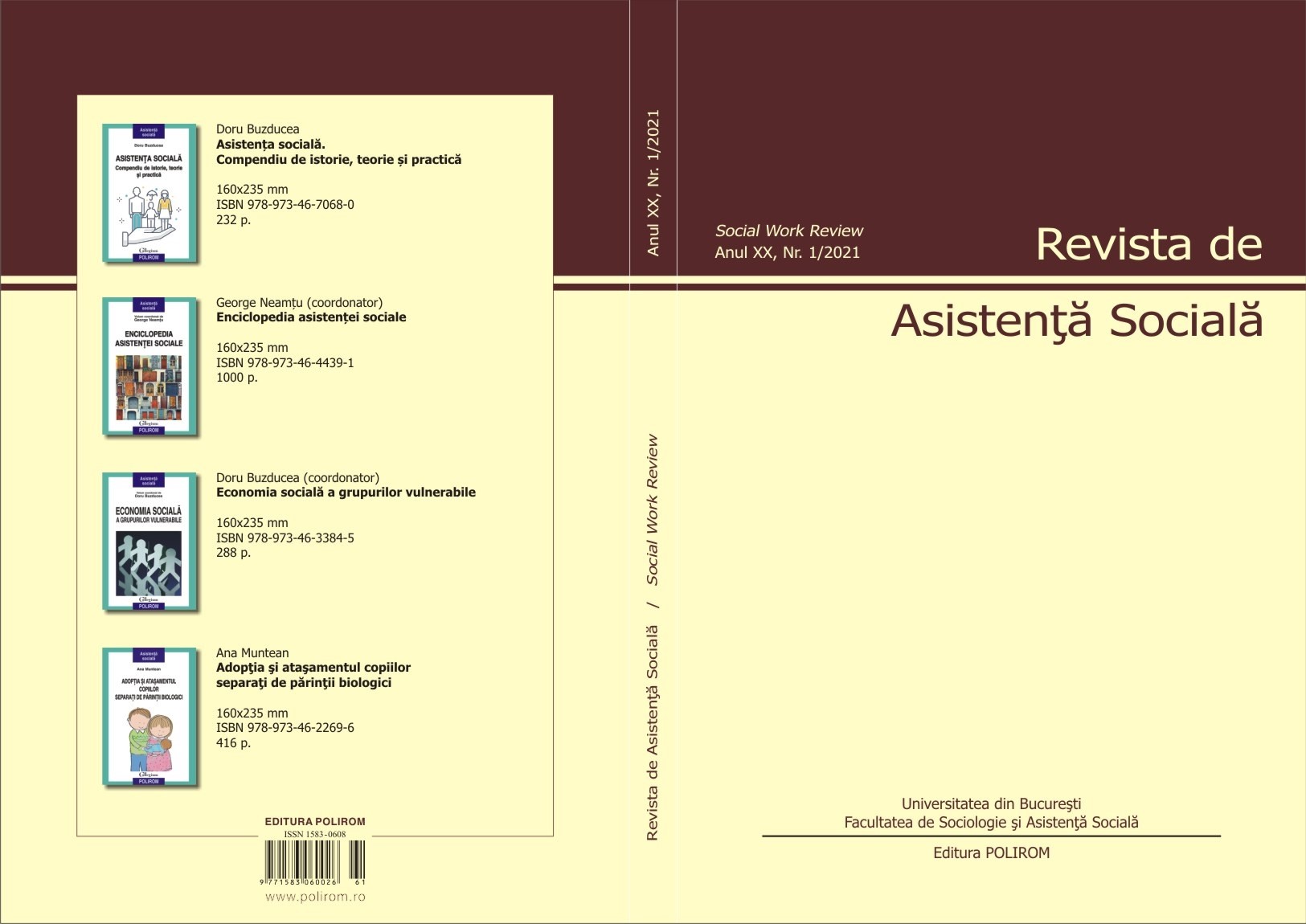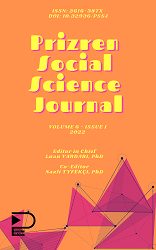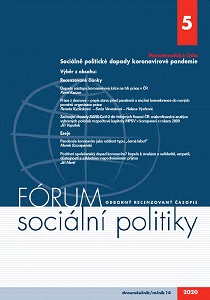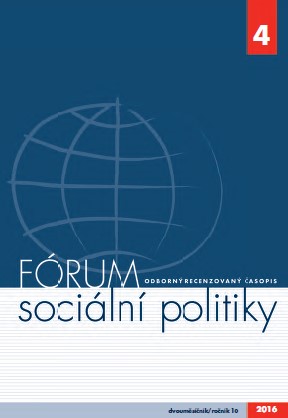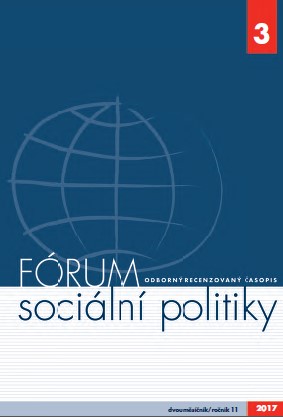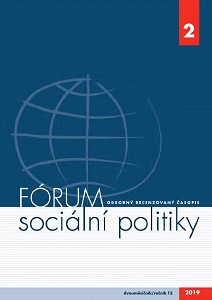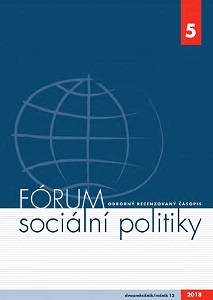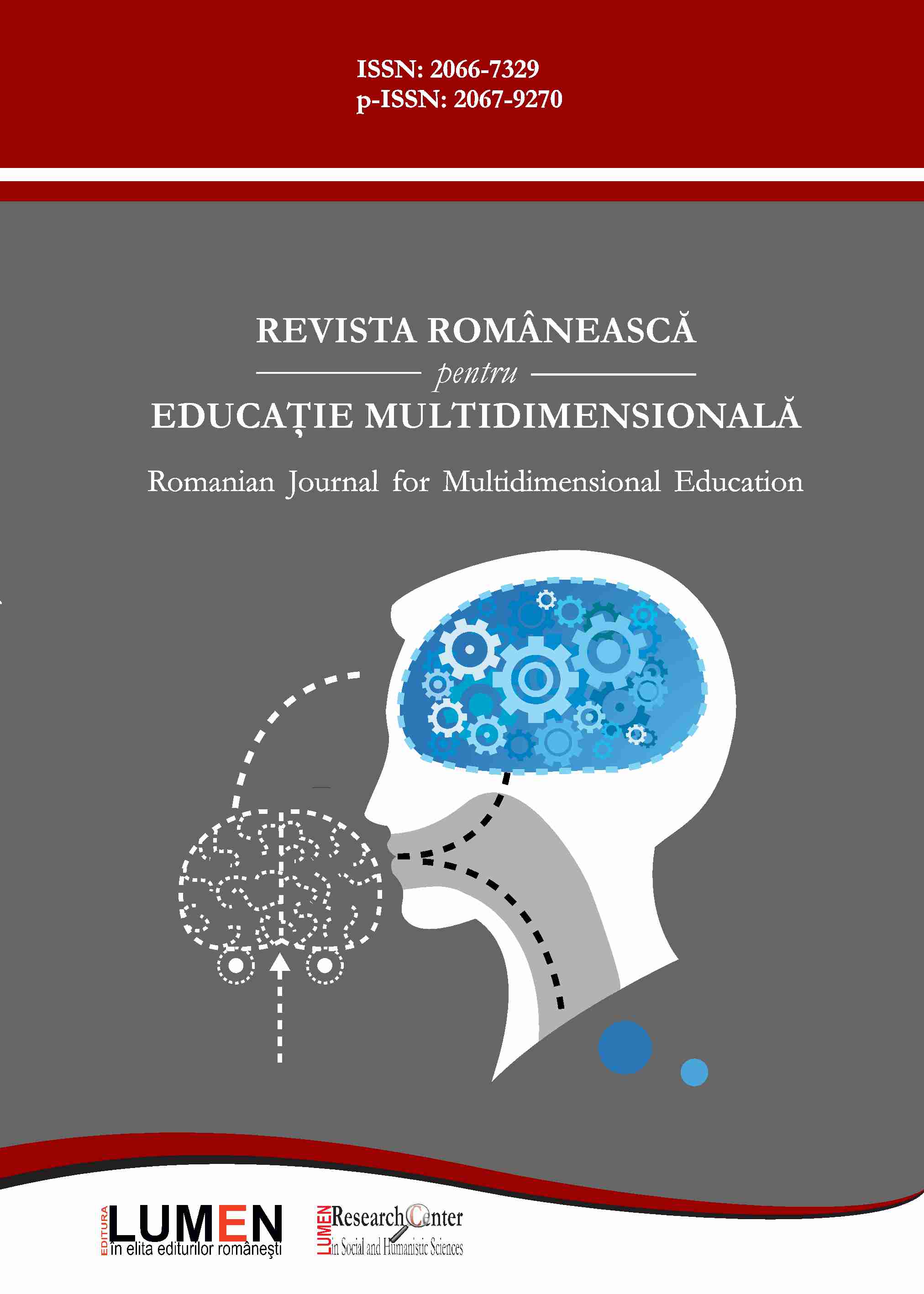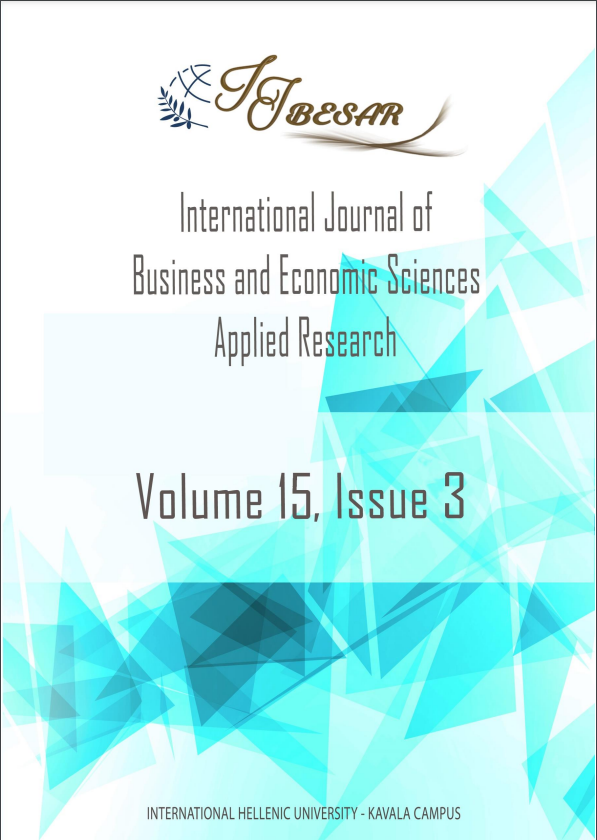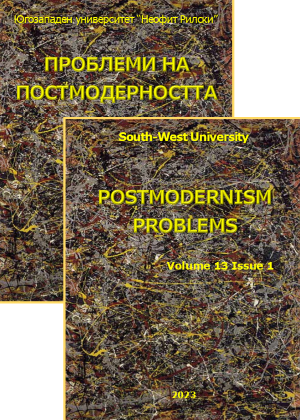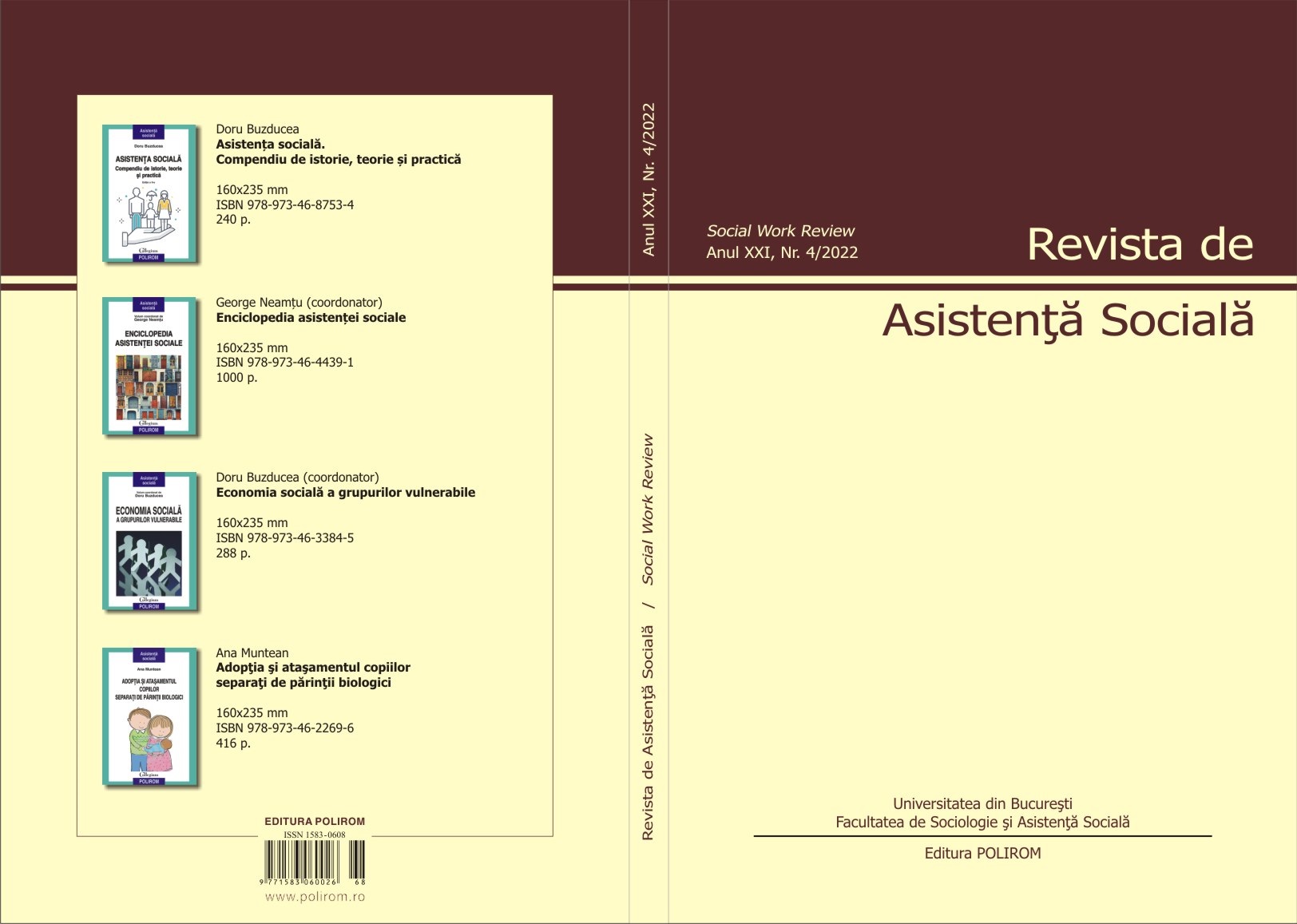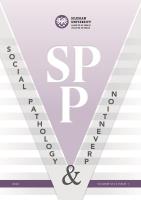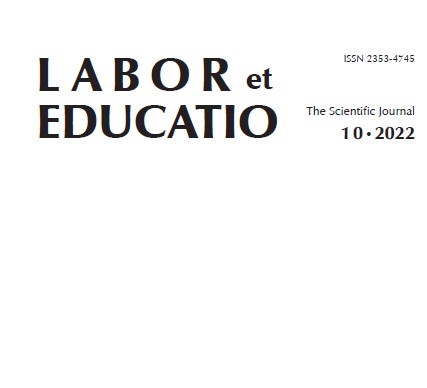Author(s): Gulshan Aliyeva / Language(s): English
Issue: 1/2022
Psychological well-being and mental health of elderly inmates are investigated by the international organizations, committees, and researchers. One of the main factors that influence their quality of life, daily mood, and well-being is interpersonal relationship. Numerous empirical data confirm the importance of interpersonal relationship, and attitudes toward aging. A definition of attitude item can be explained as an evaluation of a stimulus as reflected in our cognitive, emotional and behavioral responses to the problem (Fiske &Taylor, 1991). In the field of geriatric psychology, research has focused on the problem of interpersonal relationship between elderly people and workers in prison environments. Prison officers are in interpersonal relationship with inmates and have responsibility for the safety, and security of the prison facility, and also for managing organizational demands (Schaufeli & Peeters, 2000). Some researchers have shown that the health, and wellbeing of prison officers remain poor, and risk of being affected by different mental health problems, as depression, post-traumatic stress disorder (Viotti, 2016). A systematic review of research and policy papers, articles that published on interpersonal relationship between elderly inmates and officers in correctional facilities, also effective programs outcomes were conducted. The main symptoms of the problem were measured with a special checklist and questionnaires. The quality of life was measured QOL survey that was made based on WHO (World Health Organization) QOL questionnaire. 200 elderly prisoners have been involved in the research from different prison regimes of Azerbaijan correctional facilities between 2019-2020. A systematic approach in psychological work with elderly prisoners, also officers allows for the transition from a symptomatic to a personality-oriented level of psychological impact. Psychological emotional support can renew their hope on life, influence positive outcomes of the support program. According to the results of repeated psychological research, the patient's condition was characterized by positive dynamics: the level of psychological distress and the intensity of psychological distress significantly decreased, the general internality of the personality increased, as well as the subjective assessment of personal well-being. It is necessary to focus the attention of specialists on the advisability of using psycho-educational programs in a prison environment, providing information about the aging dynamically. Such programs, used at the initial stages of work with patients, contribute to the creation of motivation for personal psychotherapy and significantly increase its effectiveness.
More...
